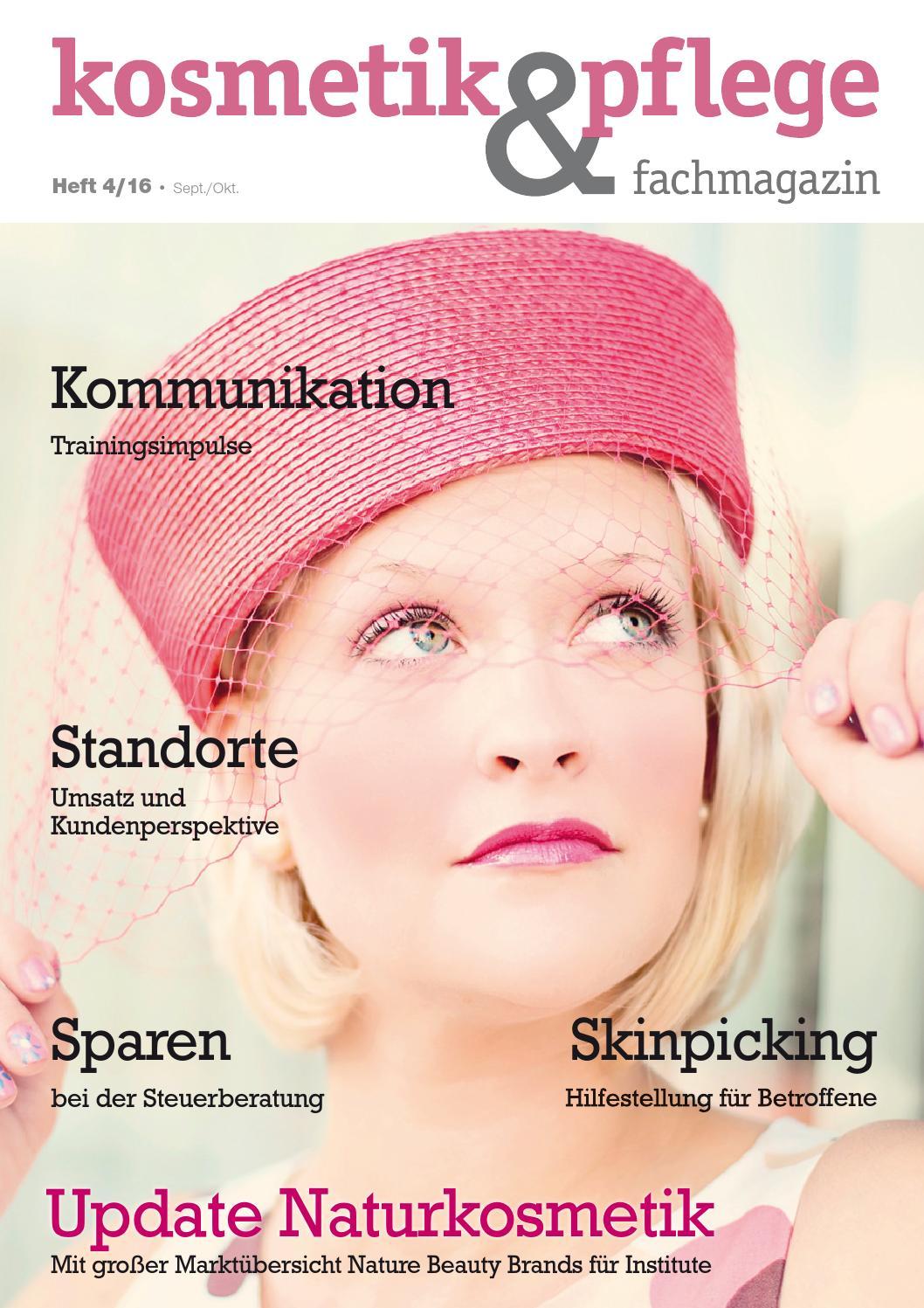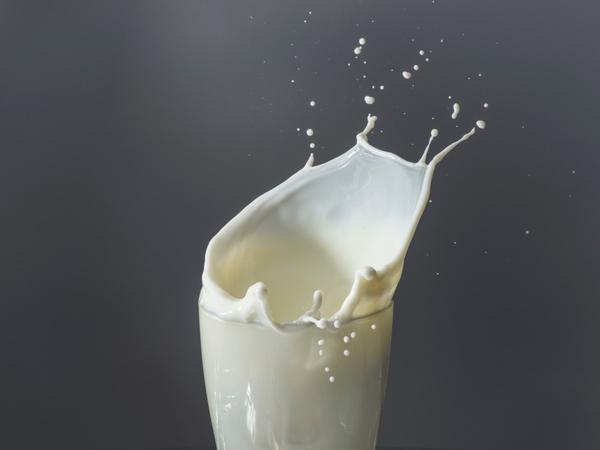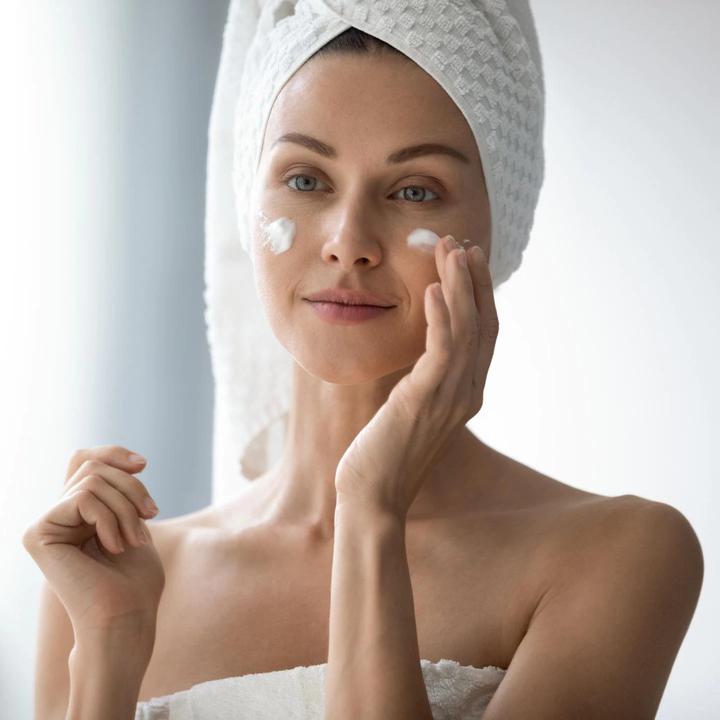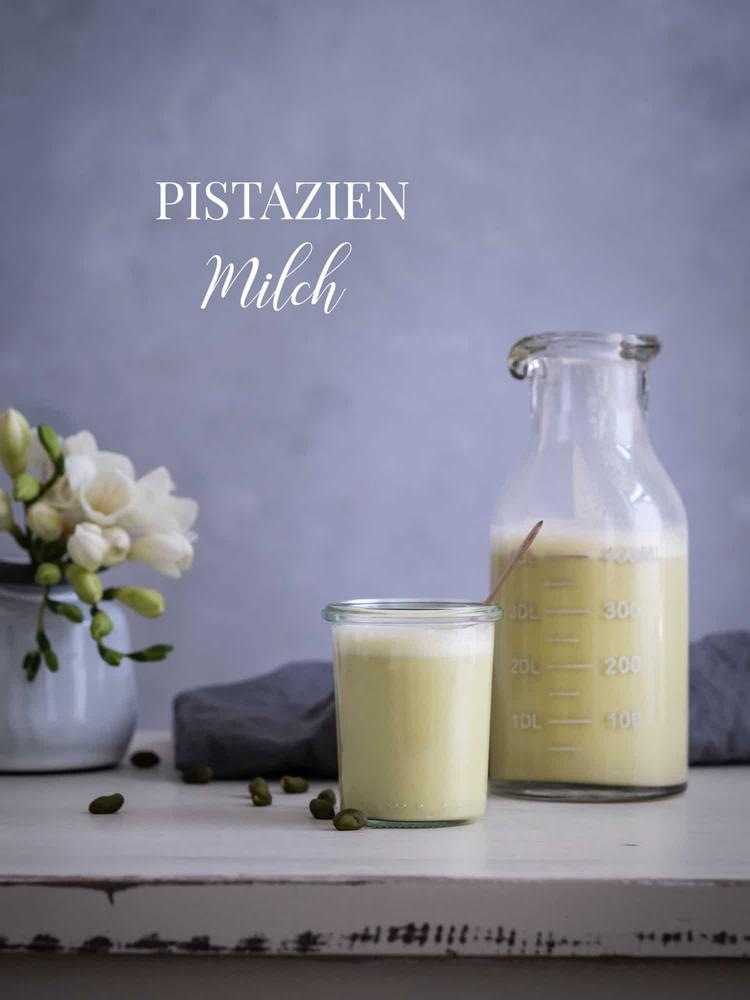
How important is the percentage of an active ingredient in cosmetic products?
For several decades, the quest to find a moisturizer (or serum) was to mention the skin type it was intended for: oily, dry, mixed. But for some time consumers have been asking for more precise knowledge of the ingredients: 2% hyaluronic acid with vitamin B5, 10% niacinamide with 1% zinc and so on.
Brands like The Ordinary have specialized in the special care needs of customers when it comes to purchasing new cosmetic products. They offer products that have no cosmetic ingredients other than the names of their main ingredients and their concentration percentage, at competitive prices and with impeccable aesthetics. For Raquel Marcos, a chemist with a doctorate, her greatest assets are "undoubtedly the price and her transparency of assets and percentages".

"We've gone from analyzing cosmetics in terms of their texture, smell and the 'softness' they leave on the skin to also looking at what's inside them. The Ordinary has it for everyone Made people visible what's in their products Obviously out of all that's in the market I think it was the brand that made it easier not just for their products but for everything that goes with it: transparency on the web , instructions for use and much more," adds the expert.
Expert advice: What you should know about the percentage of active ingredients
The transparency of ingredients can also have its disadvantages. "In many cases it has led to confusion and a kind of 'brainwashing' among users. It can be interesting to sell an active substance, but at the same time it is very easy to let the consumer find out his own shortcomings," says Arturo Álvarez -Bautista, doctor in nanomedicine who is also a cosmetics formulator. "It is very right to make a cosmetic formulation with only one active principle, to which there is nothing objectionable; when a cosmetic product is formulated, the ingredients and the way they are formulated are chosen in such a way that they have a forming an alliance and being a synergic and not antagonistic combination between the active principles, but all this is supported by a cosmetic base with excipients, thickeners, etc. It is much more complicated and expensive to formulate eight active ingredients in a single product than it is with To do only one, I want to express that when we have to cover multiple needs or want to address a problem with multiple active ingredients, our skin would not support applying three or four products from this brand because we are using them with that excess would be suffocated by excipients that would not occur in a more complete cosmetic," he points out.
Active ingredient in cosmetics - what matters is whether the formula works as a whole
A train of thought in which he agrees with the chemist Deborah García Bello: "The ordinary people are 'formulators', they do not do scientific ones research, but I have the impression (I don't know, it's just an impression) that the consumers don't know or don't understand the difference To clarify the terms, there are two types of cosmetic laboratories, the ones that do scientific research and those who formulate Those who carry out scientific research are those who have laboratories with infrastructures and research staff, those who achieve new molecules and technologies, those who develop new testing strategies, those who innovate... The are the ones who advance real cosmetic science On the other hand, the cosmetic labs that formulate make their products with what already exists, with the available molecules, once discovered by others. They don't participate in scientific advances," she says. "Cosmetic labs are not required to report how much of each ingredient their products contain. You just have to list them in order of concentration. Revealing the percentage of each of them, even if they don't include the full wording, gives the impression of transparency that this way you know what you're buying, what you're paying for. But that's not entirely true. A product is not more effective, nor is its formula more transparent, if it states the percentage of key molecules. What matters is how the formula works as a whole.
It is known, for example, that in order to optimize the absorption of vitamin C, the cosmetic must have a pH of less than 3.5, with a maximum concentration in the skin of 15%. "But that depends on the type of vitamin C molecule, whether it's acidic, whether it's a salt... it depends on the formula, whether it's an emulsion or not, it depends on what this is Vitamin C transports, it depends on the presence of other ingredients that act as stabilizers. By all this I mean it's the complete formula that matters, not the individual ingredients. That's why cosmetic labs test finished formulas. The concentration of a star molecule is less relevant than the full formula it is in.







